Anglers Booking Team
The expert copywriters at Anglers Booking have meticulously crafted this article. Our dedicated team of writers provides valuable insights and information to enhance your angling experience.
 9 minutes read
9 minutes readFlounder are fun and exciting to catch. They live near the bottom of the water and like to hide in the sand or mud. Flounder wait patiently for small fish, shrimp, or crabs to swim by so they can strike quickly.

In this guide, we will present the best ways to catch a lot of Flounder. We will cover how to understand Flounder behavior and where to find them. And, of course, how to determine which lures work best for them. You will also get tips on how to fish with these lures and the proper techniques to make your fishing successful.
Flounder is a flatfish. Its body is wide and flat, and they stay near the bottom and hide by burying themselves in soft, loose soil. It waits for prey to swim by, then strikes fast. Its wide mouth and sharp teeth help it catch and tear prey.
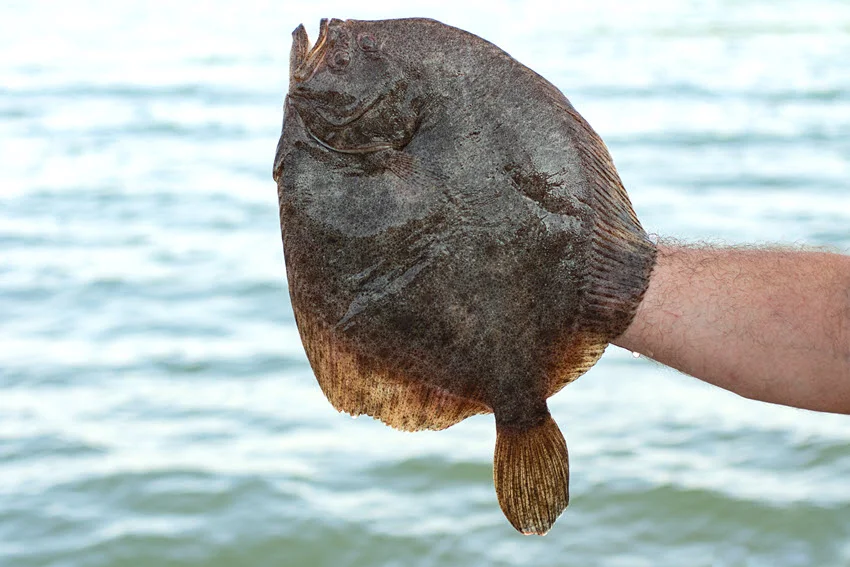
Flounders live on the ocean floor, from Nova Scotia down to Florida. They like sandy flats, muddy bottoms, bays, estuaries, reefs, and even shipwrecks. This species of fish is calm and solitary, most active during the day.
They use camouflage to stay safe, and their color changes to match the ground. They bury themselves in the mud to hide and rest. Flounder moves with the seasons, and it is essential to understand their seasonal patterns. Do not miss the next part.
One type of Flounder, the Summer Flounder (also called Fluke), is known for its intense fight. While not the biggest fish, it can reach up to 20 pounds and often shakes off the hook. Fluke is just one of many Flounder species found along the U.S. East Coast.
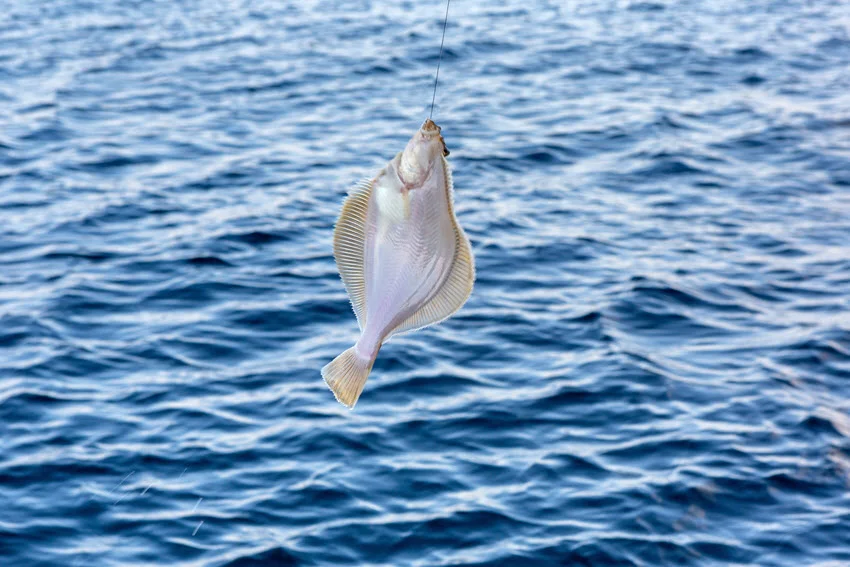
Flounders change their behavior with the seasons. They move between deep and shallow water depending on the time of year. This helps them find food and stay safe. Here's what to expect in each season.
Flounder fishing is best in spring and summer. During these seasons, the water is warm and the fish are active. Knowing their habits by season helps you plan better trips and catch more fish.
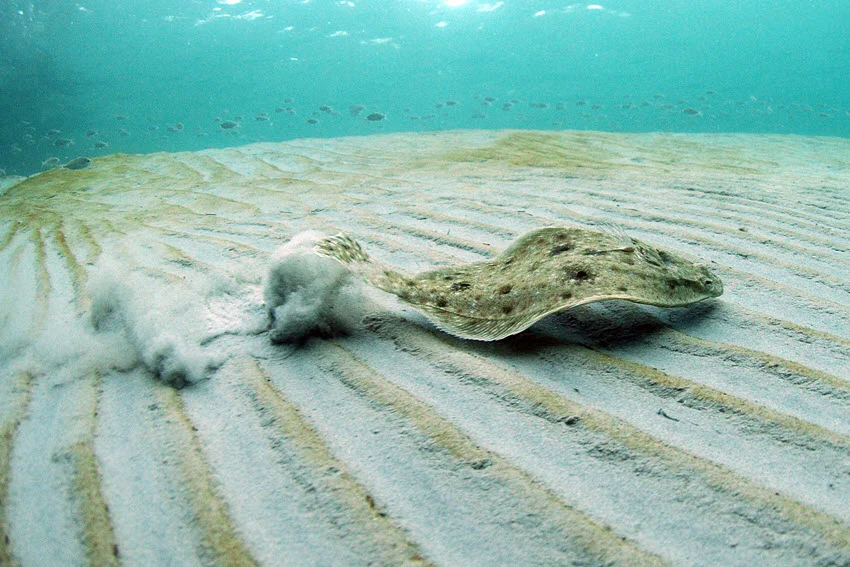
It's essential to know where to look for Flounder. These flatfish are bottom dwellers and prefer areas with structure and current. They strike from hiding, so location and lure presentation are key. Matching your lure to the environment will help you catch more Flounder. Below, we discuss common places to find them.
Now, when you know where to find this fish, you are more than halfway to a successful catch. Knowing where Flounders tend to hide and what they consume is essential for fishing smarter, not harder.
Flounders prefer slow-moving prey and detect food by sight and vibration. Different fishing locations require different lure styles. Flounders can be quite selective, so it's essential to use lures that have realistic action and scent. Let's focus on the best lures for catching Flounder.
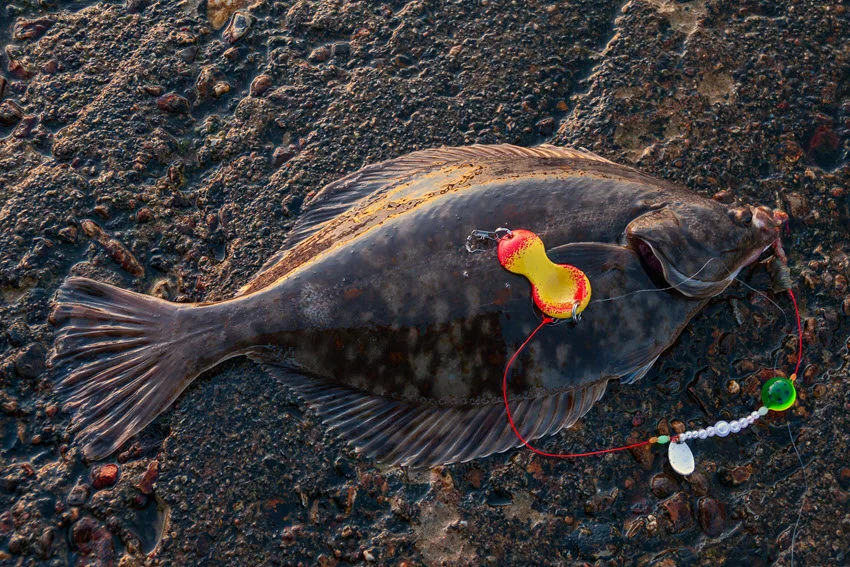
Spoons are another solid pick. They are metal lures shaped like baitfish. They flash as they move. Many have built-in noise or eyes to draw strikes. Spoons are best in sandy areas with fewer weeds. Cast them far and retrieve slowly with a steady wobble. They work best when Flounder are active and hunting their prey.

Soft plastics are a top choice for Flounder. They look natural and move like real bait. The most popular are shrimp imitations or small paddletail swimbaits on jig heads. These lures work in almost any location. You can adjust the weight of your lure to keep it near the bottom, and a slow retrieve along the floor tends to produce the best results.
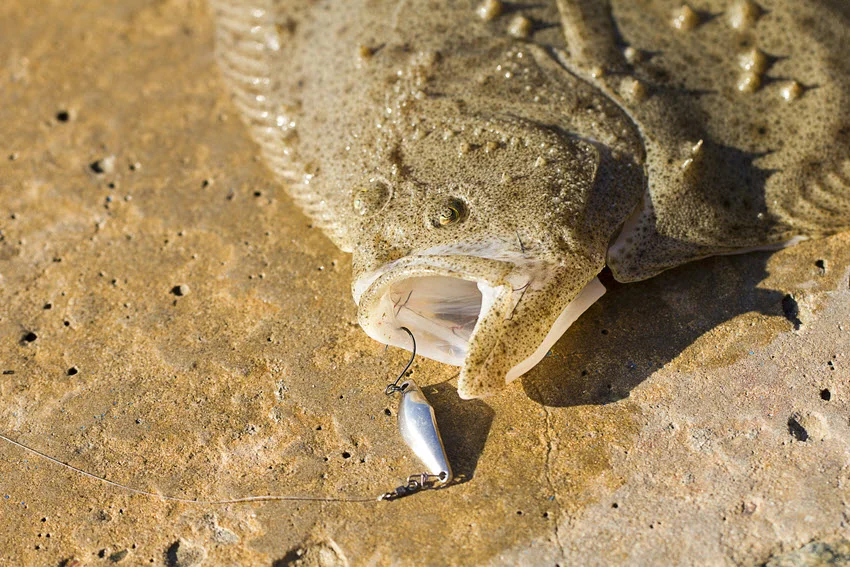
Weedless baits are great when fishing near grass, rocks, or structure. Flounders often sit in thick cover, so standard lures can get snagged. Use a slow, dragging motion to move through cover. When Flounder strikes, the weedless hook still sets well.
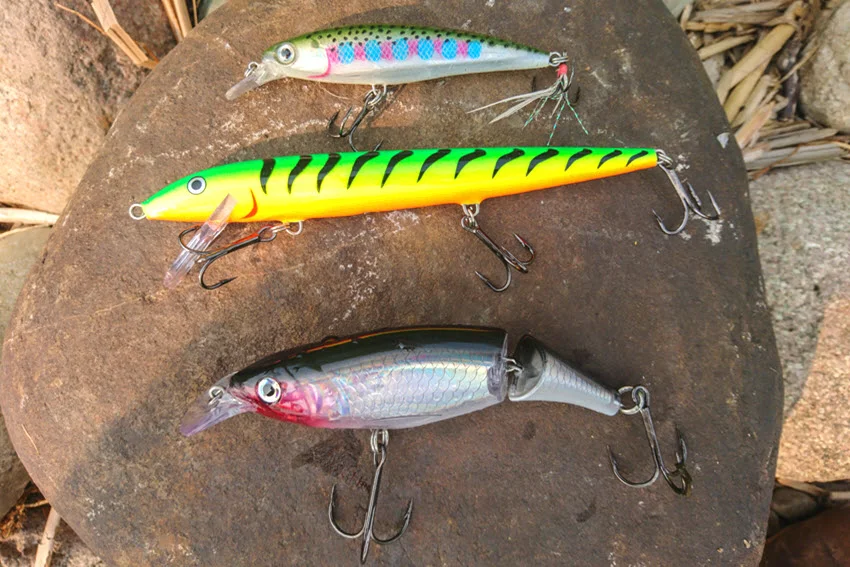
Jerkbaits work well in shallow water where Flounder wait in ambush. These lures move like fleeing baitfish. Cast them out and use a twitch-pause-twitch action. That movement often triggers strikes. These lures come in many colors and sizes. Pick one that resembles a local fish, so you will have a better chance of targeting it.
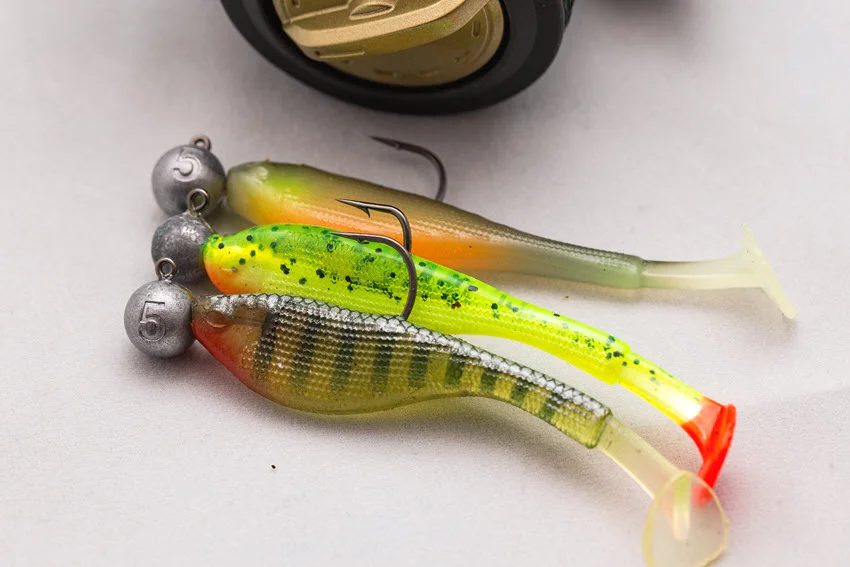
Jigs are one of the most effective lures for Flounder. Bucktail jigs, feather jigs, or rubber-skirted jigs all catch fish. Use them near structure, ledges, and sandy drop-offs. The movement and flash of a jig get the fish's attention. Let it bounce or hop along the bottom.
These fish stay near the bottom, so how you move your lure matters a lot. Different spots, water depth, and current all change how you should fish. Some days, Flounder wants a slow and steady retrieve. Other times, they strike when the lure hops or pauses.

Let your lure touch the bottom, then lift it and let it drop again to mimic injured or fleeing prey. Use soft plastics on jig heads for this method. The movement attracts Flounder hiding in the sand or mud. It also helps your lure stand out in low-visibility areas. It is vital to maintain pauses between hops to allow the fish to react.
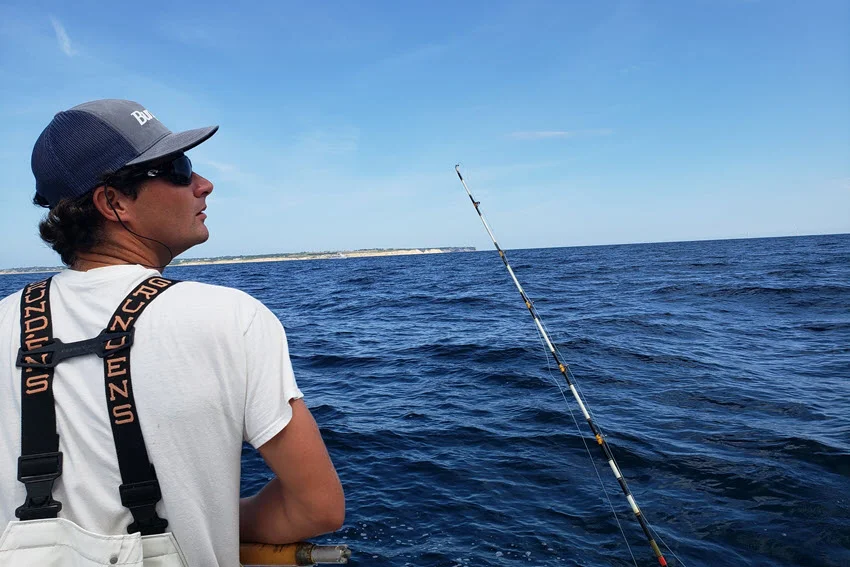
When fishing from a boat, let your lure drift naturally to cover a larger area and keep your lure in the strike zone for longer. Drifting is useful in bays and channels where Flounder gather. You can combine drifting with a slow bounce to attract more bites.

Many new anglers confuse jigging with Flounder gigging, but these two methods are completely different. Jigging is a lure technique where you bounce a jig along the bottom to trigger a strike, while gigging is a nighttime spearing method in shallow water. Slow jigging in winter can be especially effective, since Flounders respond best to patient presentations when they are less active.

Slowly reel your lure in close to the bottom to imitate slow-moving prey. Soft plastics are well-suited for this method. Keep the retrieve steady and slow to entice bites. Flounder can notice small movements, so avoid rushing your lure. Slow retrieving could be productive in calm water.
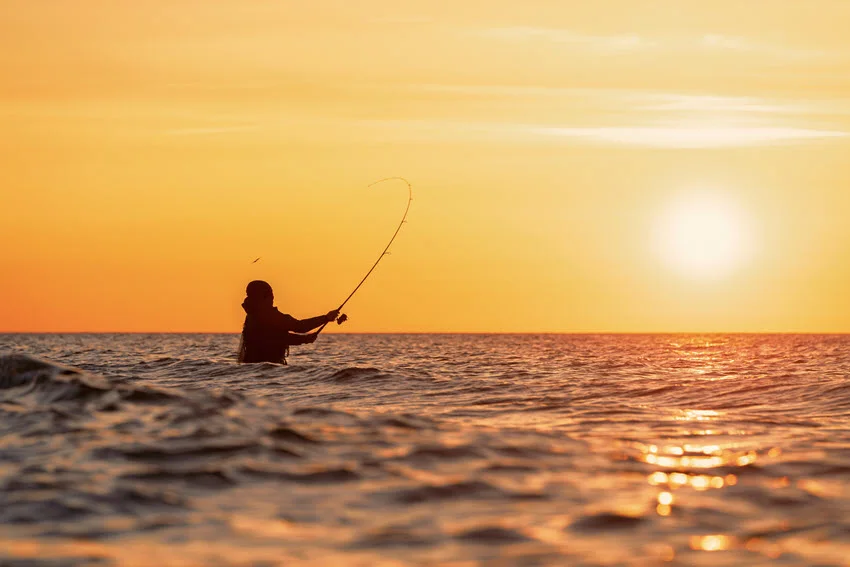
Flounders have sideways mouths. Wait a moment after a bite before hooking the fish. Use a smooth but firm upward jerk to prevent the hook from pulling out. Avoid yanking the rod too hard, or the hook may come loose. Be ready for a fight once hooked.

Understanding fishing regulations and ethical practices about specific fish species protects fish populations and ecosystems and promotes responsible angling practices.
Anglers Booking Team
There are regulations made to protect Flounder populations. Additionally, they help preserve this fish species for the future.
Daily catch and size limits are one of the most often applied rules. Many places have seasonal closures, especially during spawning times, to allow Flounder to reproduce safely. Some areas require the use of barbless hooks. If you fail to follow these regulations, you will be subject to fines or have your fishing privileges revoked.
Anglers are encouraged to care for fish properly. Your hands need to be wet when you touch the fish. It is essential to do this to protect its coat. With barbless hooks, it's easier to remove the hook. If you keep Flounder, dispatch them quickly and humanely.
Rules can change by location, season, or species. That's why you must be informed. Following the law protects Flounder for future anglers.
Flounders may not be the biggest fish in the sea, but they offer a real challenge and plenty of fun. With the right gear, lures, and good timing, you are ready to enjoy a great day on the water chasing these clever flatfish.
Now it's your turn, as we want to hear from you! Which lures worked best for you? Share your experience in the comments below!

The expert copywriters at Anglers Booking have meticulously crafted this article. Our dedicated team of writers provides valuable insights and information to enhance your angling experience.
Embark on unforgettable fishing adventures with us at Anglers Booking.
book your charterOctober 17, 2025
October 15, 2025
October 10, 2025
October 11, 2025
October 4, 2025
September 29, 2025
September 25, 2025
September 21, 2025

You're now part of our exclusive community. Get ready for premium content and updates straight to your inbox.
close
Subscribe to our newsletter and receive a selection of cool articles every week.
Please enter a valid email address.

Be the first to know when we're back in action.
Please enter a valid email address.
Leave a Comment
Your email address will not be published. Required fields are marked *
Thank you for your comment! It has been submitted for review and will appear on the site shortly.